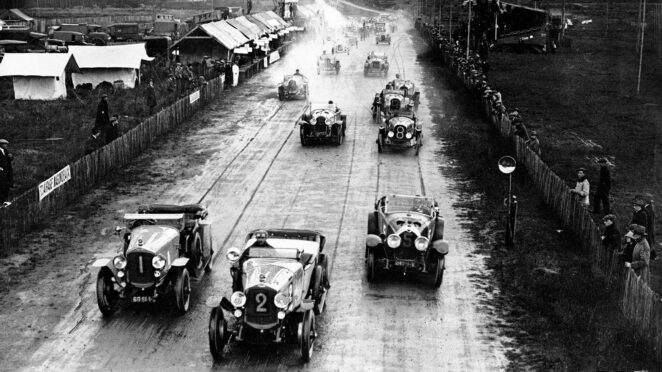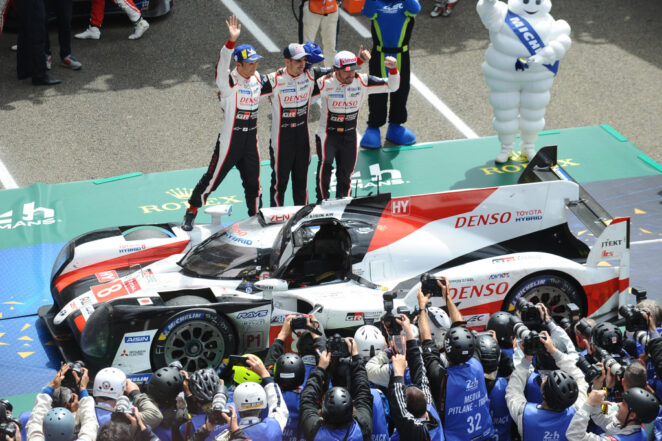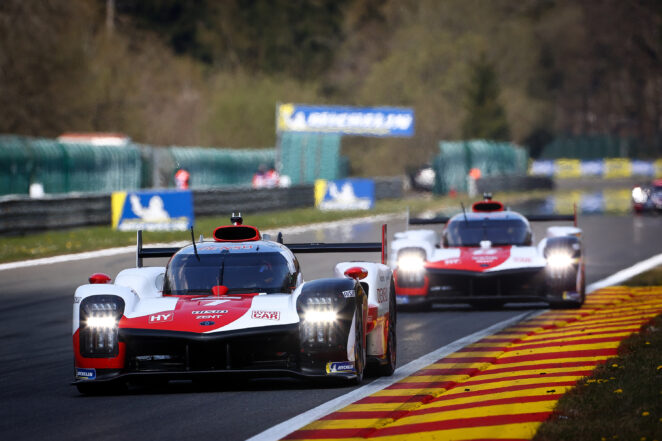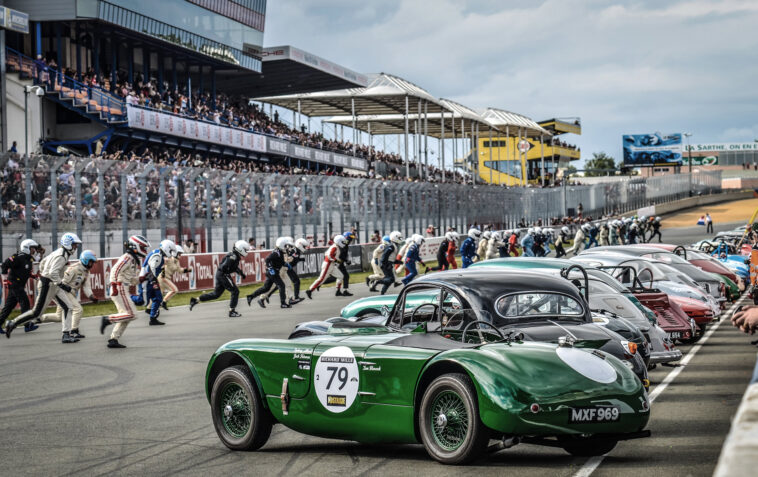Motorsport has been around for almost 120 years. There have been victories and tragedies for drivers, incredible technical solutions from the best engineers, and the most diverse tracks in all corners of the world. It’s fair to say that motorsports are now becoming as common around the world as sports leagues like baseball and football.
This popularity has found its reflection in a number of worldwide-known races. The 24 Hours of Le Mans is one of the most famous. This race lasts exactly one day and takes place on the same track, known as the Circuit de la Sarthe. Furthermore, the night part of the race has always attracted drivers and spectators with its complexity and unpredictability. In 2024, the marathon will turn 100 years old. It’s time to remember where it all began.
The First Races

The first Le Mans was held in 1923 and was attended mainly by manufacturers from France. They were accompanied by Bentley, who was just fighting for victory against the French racers. The Chenard-Walcker team from France, led by André Lagache and René Leonard, took first place. The second place was taken by the crew of the same team, particularly Raoul Bachmann and Christian Duvergne.
The French company Chenard-Walcker itself was a fairly well-known car manufacturer from 1898 to 1946. Unfortunately, the company couldn’t survive World War II, although their vehicles had already become legendary under the Peugeot brand and still might be found at car auctions.
Along with that, the name Chenard-Walcker will forever be noted in the motorsport history book as the first team to win the 24 Hours of Le Mans.
The Automobile Club de l’Ouest, a French institution, has been involved in race management since the competition’s inception. In the fifteen years leading up to the start of the first race at Le Mans, the organizers conducted many races on French public roads, negotiating with local authorities. After the First World War ended in 1918, French figures conceived of a one-day marathon in which reliability rather than speed would be rewarded.
Europe recognized the 24 Hours of Le Mans event as a huge success. By 1924, additional seats for spectators were prepared, the track received new coverage, and numerous changes in the rules were made. Windshields, car steps, and seats now had to comply with strictly established regulations. Pilots were required to wear protective headgear and have one spare tire on board.
The cars were checked before the start of the race. They had to drive five laps, and then every racer had to raise their hoods and submit to a check. A special commission also examined the headlights for illumination range and conducted its measurements at different intervals of the night race period.
How the Track Is Organized
Starting from that point, the races were held on the Circuit de la Sarthe track. At that time, the distance had reached around 10.7 miles (17.2 km). It went from the outskirts of Le Mans city along the main road to the lands of Mulsanne and back. At the start, there was a control tower and two high wooden stands.
Today, the Circuit de la Sarthe track has a length of 8.4 miles (13.6 km). Until 1990, the starting straight was as long as five and a half kilometers, but then it was divided by two chicanes (serpentine curves aimed to add extra turns over a distance). Interestingly, the racers use both public and purpose-built road sections during the competition.
How the Race Is Held

The main goal of the competition is to cover the maximum distance in 24 hours. Since 1971, all cars have started on the move. Before that, the racers lined up in a row, and they ran to their driver’s seats after a signal. According to tradition, jets fly by at the start of the race, blowing smoke in the form of the French flag. The race starts after.
Before refueling in the pits, drivers are required to turn off the engine. Mechanics aren’t allowed to change tires while refueling is in progress. In this case, the riders have the right to change places in the car. There are three drivers in the crew, who replace each other during the competition.
Modern 24 Hours of Le Mans competitions are divided into two large classes, which, in turn, are divided into two subclasses. All of these classes of cars are on the track at the same time. Slower vehicles give way to faster ones during the race.
The Modern Era of 24 Hours of Le Mans Race
One of the biggest changes to the modern era of the 24 Hours of Le Mans race is the introduction of new technologies. With advancements in engineering and aerodynamics, modern race cars are faster and more agile than ever before. Additionally, new technologies such as hybrid power systems, advanced energy management systems, and aerodynamic developments have led to cars being able to conserve energy and complete more laps than in the past.
Another major change to the 24 Hours of Le Mans race in recent years has been the increased level of competition. With a growing number of manufacturers and private teams competing, the field is now much more diverse, making the competition much more intense and unpredictable. Furthermore, with the introduction of regulations to improve safety, the vehicles are now safer than ever before, allowing drivers to push their limits and reach new heights in terms of performance.
In terms of rules and regulations, the modern era of the 24 Hours of Le Mans race has also seen significant changes. For example, in recent years, there has been a focus on sustainability, with teams encouraged to use biofuels and hybrid power systems in order to reduce their carbon footprint. Additionally, new regulations have been introduced to promote cost-effectiveness, with teams now required to limit the amount of time they spend in the pit lane and use less fuel.

Summing Up
Without a doubt, the 24 Hours of Le Mans race can be called one of the most popular and exciting motorsport competitions around the world. It has a bunch of strict rules to keep the drivers safe and traditions in order to captivate the public. It helps create a special atmosphere mixed with adrenaline, emotions, and a striving for victory. That’s why this racing competition will bring a lot of game changers to autosport.




